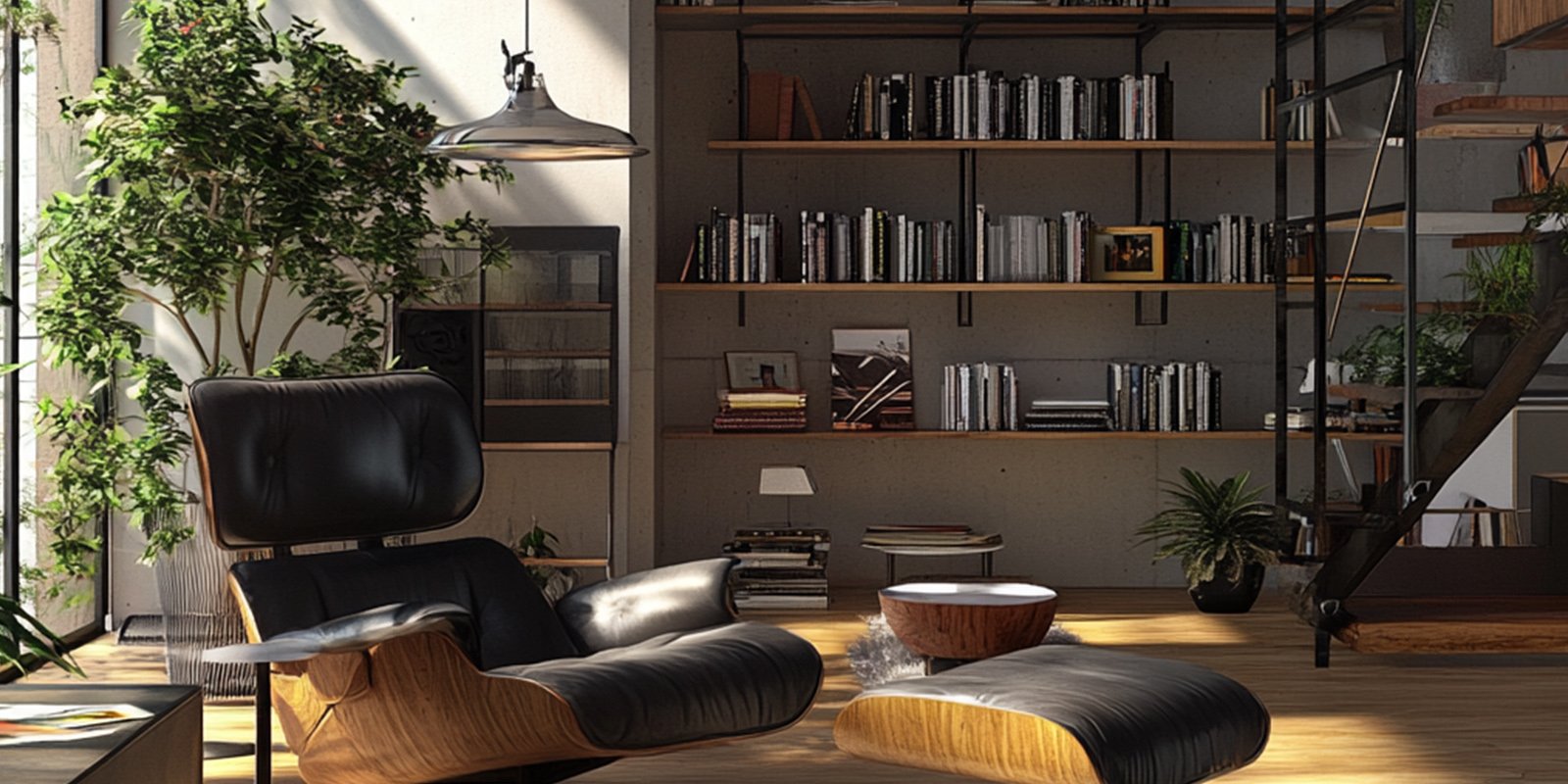Welcome to Media Matters, the exclusive interview series by Fublis that delves into the minds of media professionals shaping the world of architecture and design. Through these conversations, we gain unique insights from journalists, editors, and writers who help bridge the gap between creative practice and storytelling.
In this edition, we sit down with Osama Nasir, an architect and writer known for his thoughtful blend of history, minimalism, and modern design. Osama shares his journey from growing up in Aligarh, where his love for architecture was deeply influenced by the cultural legacy of Aligarh Muslim University, to his work in adaptive reuse, AI, and sustainable design. As a writer for Parametric Architecture, Osama simplifies advanced topics like AI and digital fabrication, making them accessible to readers.
Join us as Osama discusses how his global experiences in places like Istanbul and Canada have shaped his architectural ideas and the importance of cultural exchange in his work.
What inspired your love for architecture, art, and history while growing up in Aligarh?
Osama Nasir: Architecture, art, and history require patience and a good deal of observation, which was served by my city from time to time. Aligarh, the administrative headquarters of the Aligarh district, is notable as the hometown of Aligarh Muslim University. The presence of such an auspicious central university in my native place has consistently fueled my passion for art and history. My love for art and history is linked with my former university’s architectural legacy, combined with its cultural diversity, that gave me aleatoricism to work for both profession and passion.
Was there a particular project or experience during your studies that sparked your interest in combining history with modern design?
Osama Nasir: As I recall, I participated in a competition focusing on the adaptive reuse of heritage structures. The project entailed renovating an ancient colonial structure into a modern cultural center while preserving its historical significance. This encounter inspired my design thinking by demonstrating how modern utility may enhance a building’s historical significance. This event fueled my desire to combine history with modern architecture, bringing new vitality to existing structures.
You believe architecture tells untold stories. How do you bring these stories to life in your designs?
Osama Nasir: For me, every architectural design begins with a narrative. I believe buildings should tell the story of their context—whether cultural, historical, or social. To bring these stories to life, I focus on cultural context, using materials, forms, and patterns that reflect the identity and history of a place. Each design element serves as a narrative thread that ties the past to the present.
What does a “minimal approach” mean to you, and how do you use it to blend the past with the present?
Osama Nasir: Minimalism is the ability to choose less, reducing design to its essence. For me, a “minimal approach” means stripping away unnecessary elements to focus on clarity and balance and creating spaces that breathe. When blending the past with the present, minimalism allows me to highlight historical elements without overwhelming the design. This approach respects history while offering a fresh perspective that feels timeless.
At Parametric Architecture, you write about advanced topics like AI and digital fabrication. How do you make these complex ideas understandable to your readers?
Osama Nasir: To make complex topics such as AI and digital fabrication more understandable, I use real-world examples and analogies. I emphasize the “why” and “how” to make these sophisticated concepts understandable by discussing the essential principles in simple terms and avoiding technical jargon. Visual aids, such as infographics and case studies, frequently supplement my writing by making abstract concepts more concrete.
What’s the most exciting topic you’ve written about recently, and why did it stand out to you?
Osama Nasir: I recently wrote about how AI can transform sustainable building design. This topic stood out to me because it represents a fusion of cutting-edge technology with one of the most pressing global issues—sustainability. It demonstrated how technology is pushing the frontiers of design, allowing us to envision new possibilities for the built environment.
How do you view the role of research in shaping the future of architecture?
Osama Nasir: Research connects theory and practice, enabling architects to solve modern issues such as sustainability, urbanization, and cultural preservation. Through research, we can discover new methods to combine tradition and modernity, build more efficient structures, and create socially and environmentally relevant environments.
How have your experiences working in places like Istanbul and Canada influenced your architectural ideas?
Osama Nasir: Working for an Istanbul-based architectural platform has exposed me to contrasting design philosophies, providing me with a unique perspective on architecture’s global and local impact. In Canada, I experienced a more minimalist, sustainable approach to architecture, with a focus on identity and cultural responsibility. The contrast between these two environments has influenced me to create designs that honor tradition while embracing sustainability and innovation.
How does your work blend global design trends with local cultural elements?
Osama Nasir: In my work, I strive to create a dialogue between global design trends and local cultural elements by incorporating universally appealing design principles while respecting the unique cultural identity of a location, ensuring that each project feels both familiar and rooted. I believe that architecture should be both universally relevant and locally grounded.
What do you think is the importance of learning from other cultures in architecture, and are you able to apply this in your writings?
Osama Nasir: Learning from other cultures is crucial in architecture because it broadens our perspectives. In my writing, I explore how different architectural styles and traditions can coexist, enriching the design process. Whether writing about traditional techniques or modern technologies, I emphasize the significance of cultural exchange in shaping the future of architecture, ensuring that design remains globally informed and locally relevant.




